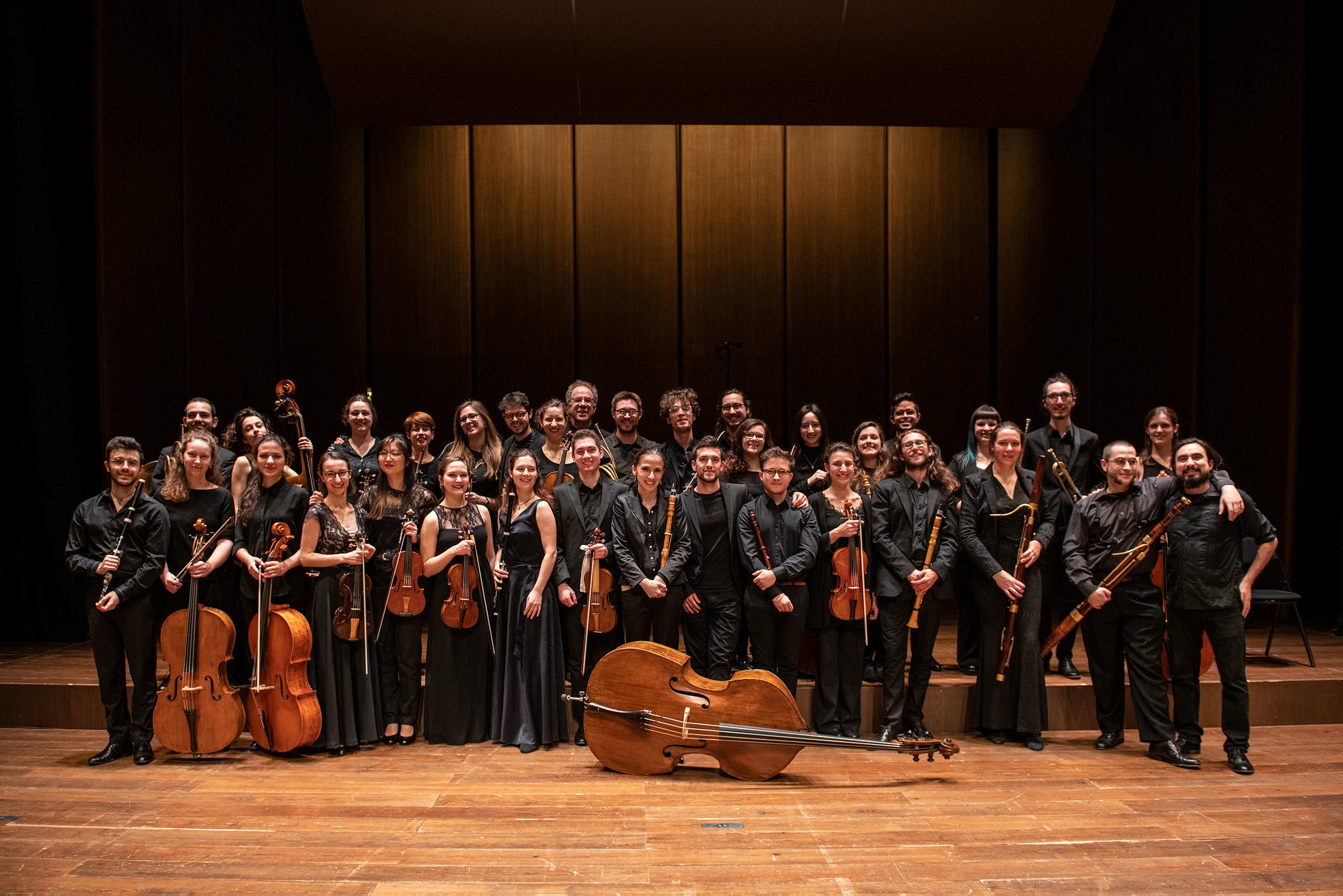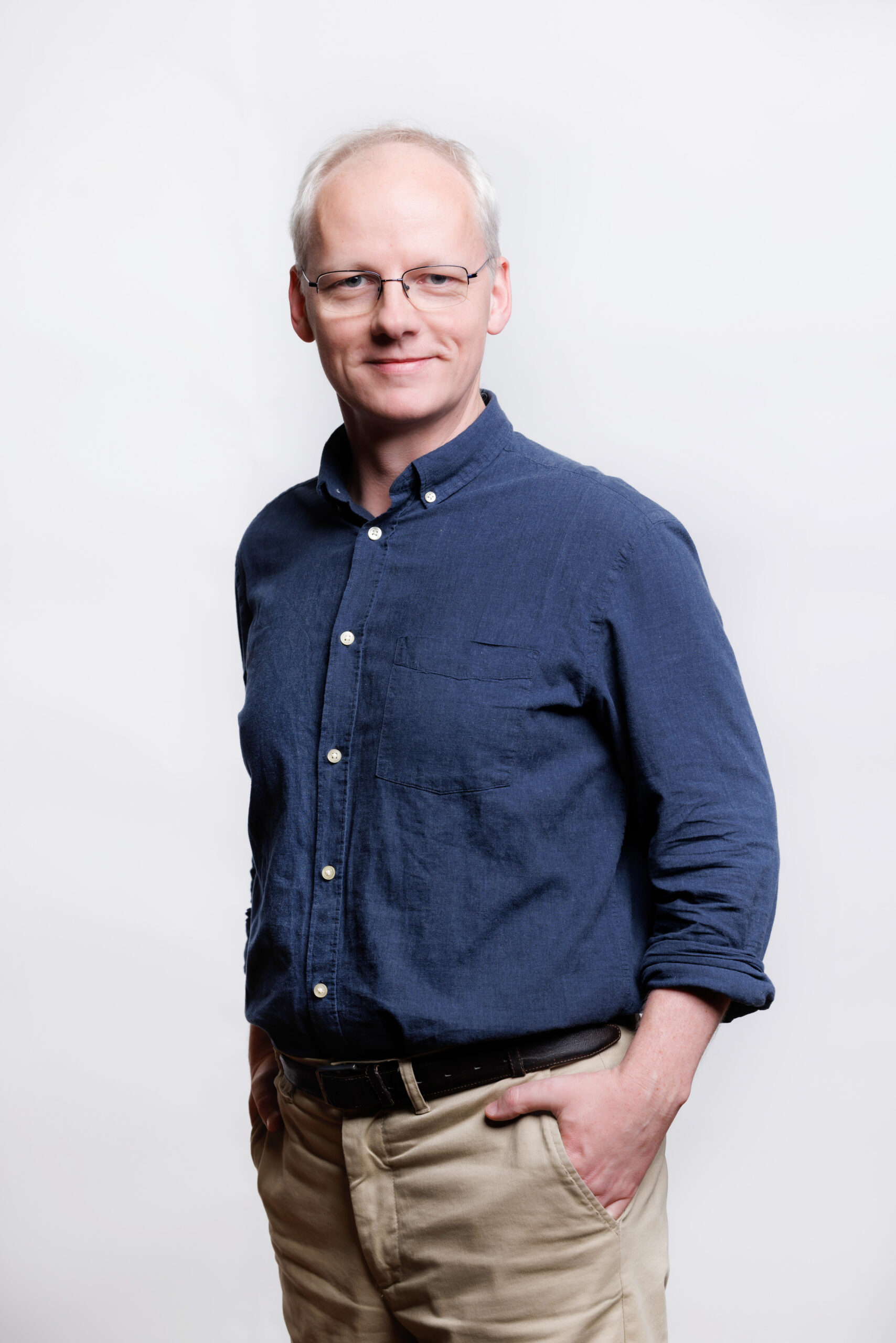Performers
- Sulamita Ślubowska violin
- Theresia Orchestra
- Dirk Vermeulen conductor
- Łukasz Strusiński host
Programme
Wolfgang Amadeus Mozart Allegro (mov. I) from serenade Eine kleine Nachtmusik KV 525 [7’]
Wolfgang Amadeus Mozart Violin Concerto No. 3 in G major, KV 216 [24’]
I. Allegro
II. Adagio
III. Rondo: Allegro
Joseph Haydn Symphony No. 8 in G major The Evening, Hob. I:8 [21’]
I. Allegro molto
II. Andante
III. Menuetto
IV. La tempesta: Presto
Karol Lipiński Finale (mov. IV) from Symphony No. 3 in B major, Op. 2 No. 3 [5’]
Concert description
History of music is taught in a simplified manner, and no wonder: it would be impossible to fit all the nuances in regular textbooks or even academic ones.
And so, it is a common belief that 17th century Baroque music was often illustrative, with many pieces imitating natural phenomena and the sounds of seasons, or depicting events from history or the Bible. The 19th century brought the rise of programmatic compositions, ones using sounds to convey entire stories. Classicism is perceived as the domain of the so-called absolute music which puts sounds, forms, and harmony first in order to emphasize the craft. It was an age of symphonies, string quartets, sonatas and instrumental concertos.
Yes, many works do corroborate such classification. It is enough to mention Mozart’s violin concertos, emphasizing the abstract relation between the virtuoso solo passage and the orchestra, or Karol Lipiński’s 3rd Symphony in B flat major. And yet, some works do not fit the stereotype: let us just remind ourselves of Joseph Haydn’s three symphonies: Morning, Noon, and Evening. Of the three, the last one, with La tempesta (“The tempest”) as its finale, is arguably the most famous.
Dominika Micał, “Ruch Muzyczny”







